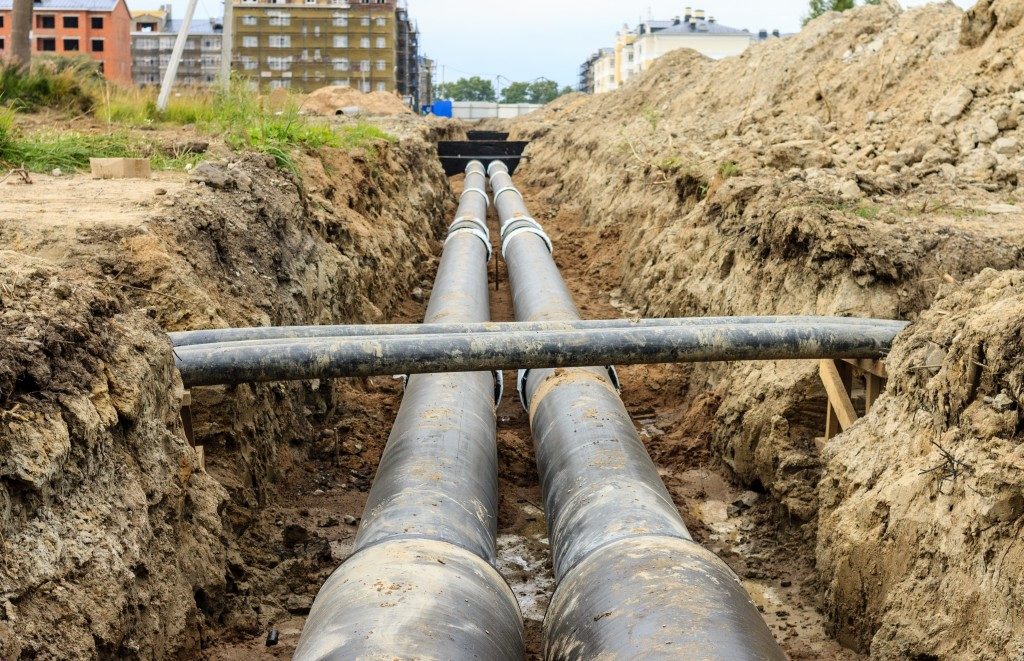Several tasks are involved in handling a construction project. While constructions are different, excavation is the common element in almost all projects. The trench is an excavation where the depth is greater than its length. In construction, shallow trenches are 6m deep at most, while deep trenches are those that exceed this depth. Excavation can be handled using machines or manually. Some of the manual trenching tools used in construction include trenching shovels and hoes.
Some contractors assume they only need to get the right one among the diggers for sale by an NZ-based company for their excavation. Trenchers or ditchers are nonetheless the ideal heavy machines for the excavation of your terrain when constructing a trench. They will penetrate the ground, break the rock and soil from the earth, and create a trench. Though they resemble excavators, these machines remove soil in a continuous movement, unlike the latter. Here are the types of trenchers used in construction projects.
Chain Trenchers
These resemble a giant chainsaw. Chain trenchers are used for digging hard ground that cannot be ordinarily cut or penetrated by excavators. These will use digging chains that cover booms or round metal frames when driving the equipment. The boom of your trencher is adjusted based on the right angle for the attainment of the required depth and cut. Owing to their flexibility, chain trenchers are used for deep and narrow trenches such as those used by utility companies.
Wheel Trenchers
These are mounted on rubber tires or tracks and used for creating access trenches for utilities on roads and for cutting pavements. They are also called rock wheels since they feature a toothed metal and are used for digging soft and hard soils. The cutting elements of a wheel trencher have a semi-spherical shape and are made of high-strength steel teeth. These qualities allow them to have maximum material removal and reach different cutting depths.
Micro Trenchers

These are used for the excavation of narrow trenches more so in urban areas. The widths of these trenches are 1-5 inches with maximum depths of 20 inches. This reduced trench size will result in a reduction in the disturbance of your construction site and the volume of waste. Micro trenchers are at times radio-controlled and can be used for gaining access to utilities under roads or for road maintenance.
What is micro trenching?
Micro trenching is a quick and less disruptive process of creating small trenches on asphalt roads to install street lights or wires. The process involves using a cutting machine to score and then remove a narrow strip of pavement, usually between 4 and 6 inches wide. After the trench is cut, the cables or wires are installed, and the trench is backfilled with concrete or asphalt.
Microtrenching is becoming increasingly popular as a way to install new infrastructure without having to rip up entire streets. The process is less disruptive than traditional trenching methods, and it can be completed more quickly and at a lower cost.
Portable trenchers
These are used in the installation of landscape edges and irrigation lines. They can also be used for the installation of utility lines like coaxial cables. Portable trenchers weigh approximately 200 pounds and are thus quite easy to manoeuver.
Skimmers
These are also called trenching machines. They are used for the excavation of long trenches like those needed for pipelines. Skimmers will dig trenches measuring widths of 0.25-1.5m and depths of 3m in constructions that require a high level of accuracy.
The above trenchers are essential for all construction companies since their projects almost always involve trenches. Moreover, they can be used for snipping roots, shovelling, and creating drainage for your construction site. You should get your trenchers from the best possible supplier to be assured of the latest technologies for your projects and machines with minimal downtime.




